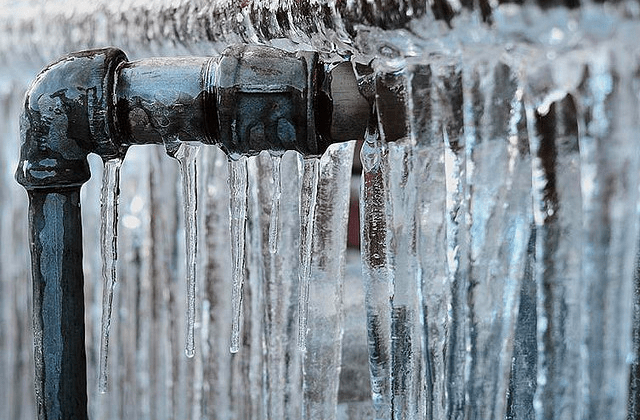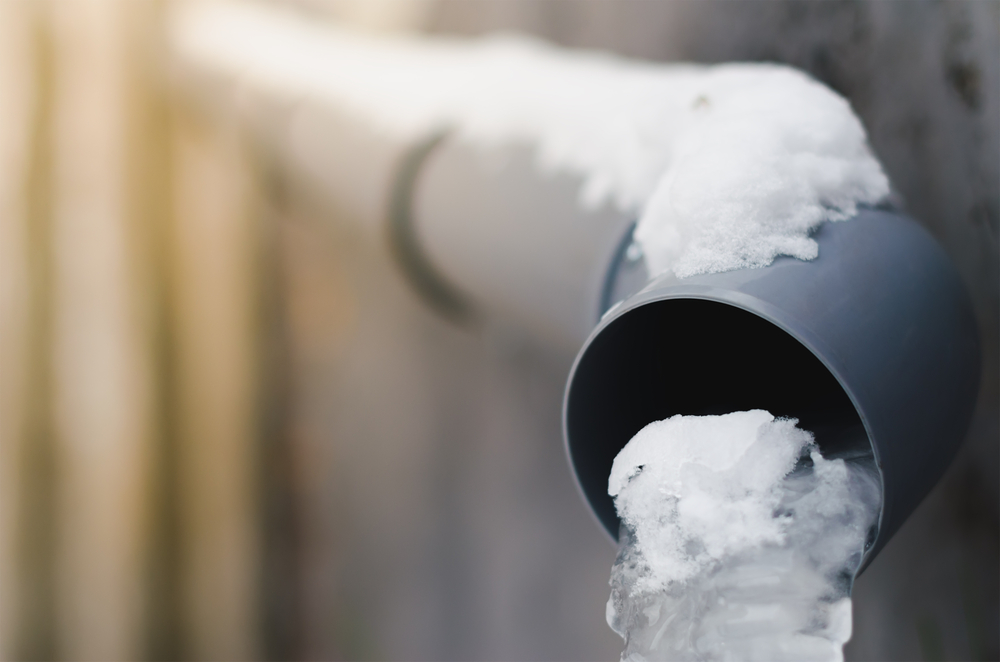Critical Strategies for Avoiding Frozen Pipes in Cold Weather
Critical Strategies for Avoiding Frozen Pipes in Cold Weather
Blog Article
We have discovered this post on How to Prevent Your Pipes From Freezing below on the net and think it made perfect sense to relate it with you on this site.

Winter can wreak havoc on your pipes, particularly by freezing pipes. Right here's how to prevent it from happening and what to do if it does.
Introduction
As temperature levels drop, the danger of frozen pipelines rises, possibly bring about pricey repair work and water damages. Understanding how to prevent icy pipelines is essential for property owners in chilly climates.
Avoidance Tips
Shielding at risk pipes
Wrap pipes in insulation sleeves or use heat tape to safeguard them from freezing temperatures. Focus on pipes in unheated or outside locations of the home.
Heating methods
Keep indoor areas sufficiently warmed, especially locations with pipes. Open up cabinet doors to enable cozy air to distribute around pipelines under sinks.
How to identify frozen pipes
Try to find reduced water circulation from taps, uncommon smells or sounds from pipelines, and noticeable frost on exposed pipes.
Long-Term Solutions
Structural changes
Take into consideration rerouting pipes far from exterior walls or unheated locations. Add extra insulation to attic rooms, basements, and crawl spaces.
Upgrading insulation
Purchase high-quality insulation for pipelines, attics, and wall surfaces. Proper insulation assists keep constant temperatures and minimizes the threat of frozen pipes.
Securing Outside Pipes
Garden hoses and outdoor taps
Detach and drain pipes yard tubes prior to winter. Set up frost-proof spigots or cover outside faucets with protected caps.
Understanding Icy Pipes
What causes pipes to freeze?
Pipelines freeze when subjected to temperatures listed below 32 ° F (0 ° C) for extended durations. As water inside the pipes ices up, it increases, taxing the pipeline walls and possibly triggering them to burst.
Dangers and damages
Frozen pipelines can lead to water disruptions, home damages, and costly fixings. Burst pipes can flooding homes and cause comprehensive structural damage.
Signs of Frozen Piping
Recognizing icy pipes early can prevent them from rupturing.
What to Do If Your Pipes Freeze
Immediate activities to take
If you suspect icy pipelines, keep taps open up to soothe stress as the ice thaws. Utilize a hairdryer or towels soaked in hot water to thaw pipelines slowly.
Final thought
Stopping icy pipelines calls for proactive procedures and fast responses. By understanding the reasons, signs, and preventive measures, house owners can protect their pipes throughout cold weather.
5 Ways to Prevent Frozen Pipes
Drain Outdoor Faucets and Disconnect Hoses
First, close the shut-off valve that controls the flow of water in the pipe to your outdoor faucet. Then, head outside to disconnect and drain your hose and open the outdoor faucet to allow the water to completely drain out of the line. Turn off the faucet when done. Finally, head back to the shut-off valve and drain the remaining water inside the pipe into a bucket or container. Additionally, if you have a home irrigation system, you should consider hiring an expert to clear the system of water each year.
Insulate Pipes
One of the best and most cost-effective methods for preventing frozen water pipes is to wrap your pipes with insulation. This is especially important for areas in your home that aren’t exposed to heat, such as an attic. We suggest using foam sleeves, which can typically be found at your local hardware store.
Keep Heat Running at 65
Your pipes are located inside your walls, and the temperature there is much colder than the rest of the house. To prevent your pipes from freezing, The Insurance Information Institute suggests that you keep your home heated to at least 65 degrees, even when traveling. You may want to invest in smart devices that can keep an eye on the temperature in your home while you’re away.
Leave Water Dripping
Moving water — even a small trickle — can prevent ice from forming inside your pipes. When freezing temps are imminent, start a drip of water from all faucets that serve exposed pipes. Leaving a few faucets running will also help relieve pressure inside the pipes and help prevent a rupture if the water inside freezes.
Open Cupboard Doors
Warm your kitchen and bathroom pipes by opening cupboards and vanities. You should also leave your interior doors ajar to help warm air circulate evenly throughout your home.

As a reader about How To Avoid Freezing Pipes, I thought sharing that piece of content was worthwhile. In case you enjoyed our page if you please remember to pass it around. I praise you for being here. Return soon.
Book Your Service Report this page